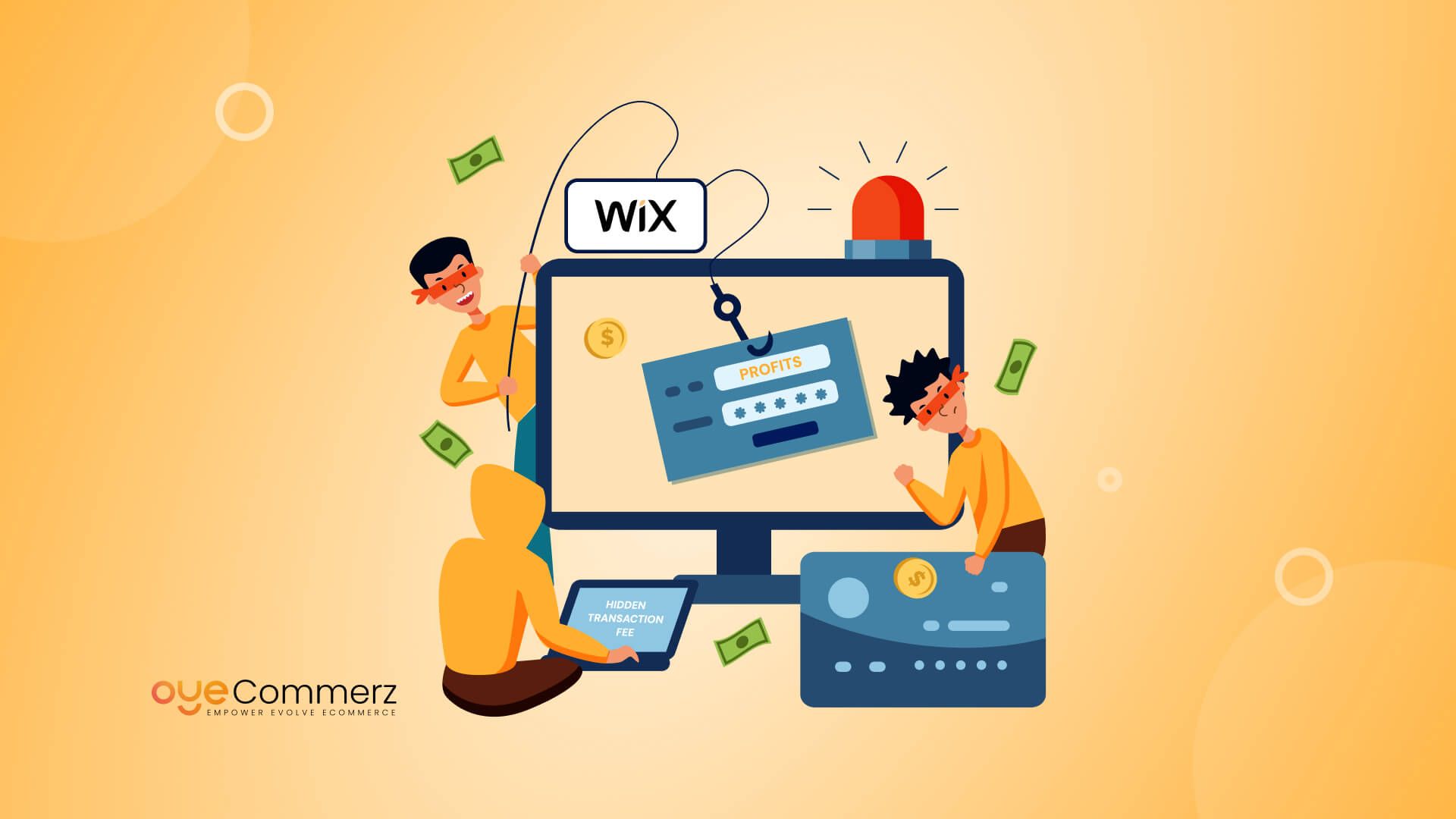In today's online landscape, selecting the right e-commerce solution is crucial for business growth. If you're presently using Wix but are considering a move to Shopify, you're not alone. Numerous companies are migrating to Shopify to leverage its robust capabilities, scalability, and specialized e-commerce solutions. This guide will outline the migration process, guaranteeing a smooth transition and preparing you for e-commerce success.
Why Switch from Wix to Shopify?
Before diving into the transition process, it's essential to recognize why Shopify might be a superior choice for your e-commerce needs:
- Specialization: Unlike Wix, which serves various use cases, Shopify is engineered specifically for e-commerce, offering advanced features and functionalities tailored for digital commerce.
- Scalability: As your company expands, Shopify can easily handle increased traffic and transactions volume without sacrificing efficiency.
- Extensive App Library: Shopify provides a vast collection of apps that can enhance your store's functionality, from advertising solutions to inventory management solutions.
- SEO Capabilities: Shopify provides superior SEO options, which can help boosting your store’s presence on search engines.
- Transaction Methods: With multiple transaction platforms available, including Shopify Payments, you can offer shoppers a variety of payment methods.
Getting Ready for Transition
To guarantee a smooth migration from Wix to Shopify, adhere to these preparatory steps:
1. Save Your Information
Download all your data from Wix, including item information, customer information, and order history. This process is crucial as it ensures you have a backup of everything before initiating the transfer.
2. Choose Your Shopify Plan
Assess the various Shopify plans available and choose one that aligns with your business needs. Take into account factors such as costs, features included, and scalability options.
3. Create Your Shopify Profile
Register your Shopify account and familiarize yourself with the platform’s dashboard and tools.
The Transition Process
Now that you are ready, it’s time to migrate your store from Wix to Shopify. Here’s how:
1. Import Products
Use Shopify's integrated How to migrate from Wix to Shopify migration utility or external tools like Cart2Cart or LitExtension to transfer your products from Wix to Shopify.
Ensure that product descriptions, pictures, costs, and options are correctly transferred.
2. Transfer Customer Data
Import customer information such as names and email addresses into your new Shopify store. This process is critical for retaining client connections and advertising strategies.
3. Configure Transactions
Configure payment gateways in your Shopify store to ensure smooth payments. You can select from multiple platforms like debit methods, PayPal, and more.
4. Personalize Your Store Design
Select a design that reflects your business image. Modify it using Shopify's customization options to create an appealing and intuitive store layout.
5. Search Engine Optimization
Implement SEO best practices during the migration process:
- Set up 301 redirects from old Wix URLs to new Shopify URLs.
- Optimize item names, details, and photos with targeted search terms.
- Modify meta tags and alt texts for improved search engine visibility.
After Migration Steps
Once your store is active on Shopify, follow these follow-up steps:
1. Test Your Store
Conduct thorough testing of your new store:
- Check product pages for correctness.
- Verify transaction methods.
- Make sure all hyperlinks work correctly.
2. Launch Marketing Campaigns
Broadcast your new store launch through email newsletters and social media channels.
Consider offering special offers or sales to draw shoppers.
3. Track Your Progress
Leverage analytics tools within E-commerce success Shopify to monitor sales performance and user activity.
Adjust your strategies based on data insights.
Conclusion
Migrating from Wix to Shopify can substantially improve your e-commerce capabilities and lay the foundation for growth and achievement. By following this manual and taking a systematic approach to the migration process, you can ensure a smooth move that reduces downtime and boosts opportunities for revenue. Welcome the change and see your online business thrive on its new platform!
